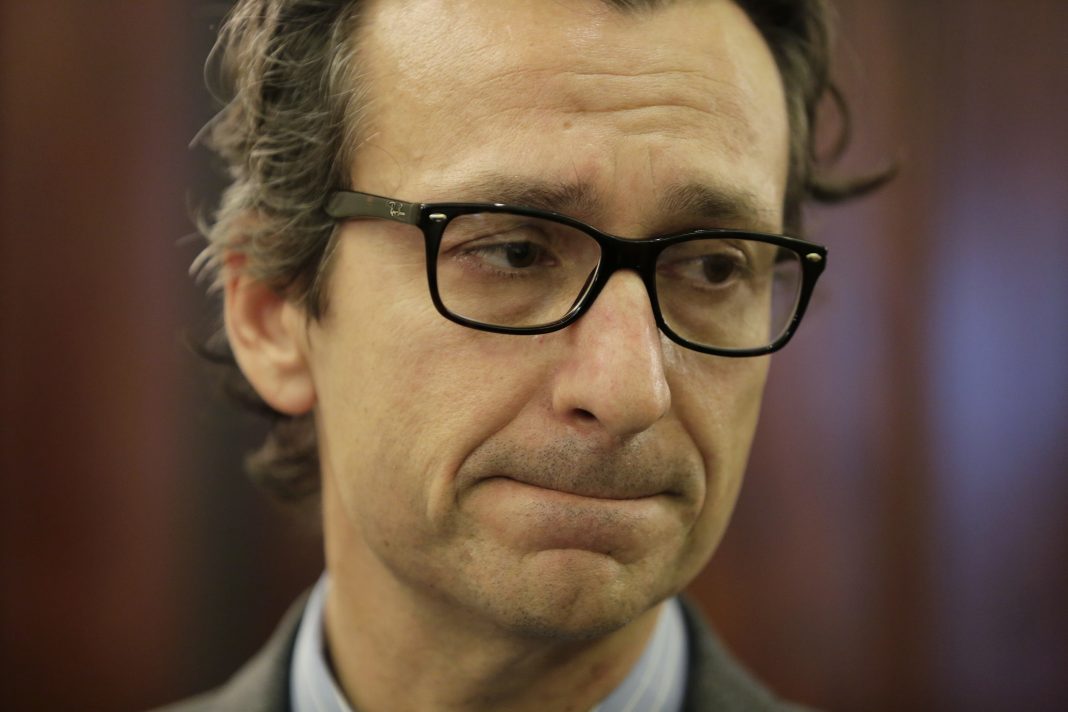Introduction:
The use of junk science in criminal convictions has become a pressing issue that needs to be addressed. The U.S. Supreme Court has failed to directly confront this problem, prompting Justice Sonia Sotomayor to urge Congress and state legislatures to take action. Recently, the court unanimously declined to review the case of Charles McCrory, who was convicted in Alabama in 1985 based on bogus bite-mark testimony. This case highlights the flaws in the criminal legal system’s reliance on scientifically questionable forensic practices.
The Problem of Junk Science in Forensic Practices:
Bite-mark evidence is just one example of the problematic forensic practices widely used in the criminal legal system. Scientists have discredited bite-mark analysis, which has led to at least 39 wrongful convictions or indictments. While some forensic practitioners have acknowledged the problem and sought to improve their disciplines, the law has not kept up. Courts are supposed to vet forensic evidence before trial, but judges often lack scientific training and allow questionable science into evidence.
Challenges Faced by Those Convicted Based on Junk Science:
Individuals like Charles McCrory, who are convicted based on junk science, face significant challenges in revisiting or correcting their cases. The law prioritizes finality, making it difficult to challenge a conviction based on outdated and debunked forensic practices. Judges often deny appeals based on procedural matters without addressing the flaws in the evidence. This lack of recourse leaves potentially innocent people incarcerated despite a consensus within the scientific community that the evidence used against them lacks any scientific basis.
Justice Sotomayor’s Recognition of the Crisis:
Justice Sotomayor stands out among her colleagues for acknowledging the crisis created by wrongful convictions based on junk science. In a statement accompanying the denial of McCrory’s appeal, she described his case as a symptom of a broader problem. She emphasized that hundreds, if not thousands, of innocent people may be incarcerated despite the scientific consensus against the central piece of evidence used in their trials. Sotomayor called for legislative action to address this issue and highlighted the success of states like Texas and California in creating avenues for appeal based on junk or debunked science.
The Flimsy Bite-Mark Evidence in McCrory’s Case:
The case of Charles McCrory illustrates the flaws in relying on bite-mark evidence. McCrory has maintained his innocence for nearly four decades since his wife’s murder. The police investigation was inadequate, ignoring evidence and failing to consider an alternate suspect. The state’s case against McCrory relied heavily on a pair of small indentations on the back of Julie’s right arm, which were claimed to be bite marks. Famed forensic dentist Richard Souviron initially couldn’t definitively link the marks to McCrory but later testified that they matched. However, Souviron recanted his testimony years later, stating that his previous comparison was unreliable and lacked a valid scientific basis.
Prosecutors’ Defense of Bite-Mark Evidence:
Prosecutors in McCrory’s case presented no new evidence and insisted that he was guilty based on the same flawed case presented at trial. They argued that even without Souviron’s testimony, jurors could have concluded that the wounds were caused by McCrory’s teeth. This argument disregards the fact that bite-mark analysis lacks scientific validity. The prosecutors’ stance reflects a willingness to engage in expert-free junk science, undermining the integrity of the criminal legal system.
The Need for Legislative Action:
Justice Sotomayor emphasizes that legislative action is necessary to address wrongful convictions based on junk science. The wholesale reevaluation of forensics began with reports from the National Academy of Sciences and the President’s Council of Advisors on Science and Technology, both highlighting the unsoundness of various forensic practices, including bite-mark analysis. However, many courts, including those in Alabama, refuse to consider the status of bite-mark evidence when evaluating appeals. Outdated post-conviction procedures and a lack of scientific advancements leave defendants convicted on junk science with limited avenues for challenging their convictions.
Justice Sotomayor’s Impact:
Justice Sotomayor’s recognition of the legacy of wrongful convictions resulting from junk science is significant. Her concurrence in McCrory’s case marks the first time a Supreme Court Justice has acknowledged this crisis. Chris Fabricant, of the Innocence Project, praises Sotomayor’s statement as a call to address the miscarriages of justice caused by junk science. McCrory’s lawyers have filed an appeal in federal district court, and Sotomayor’s acknowledgment suggests that the case deserves thorough vetting.
Conclusion:
The use of junk science in criminal convictions poses a significant problem that needs urgent attention. The Supreme Court’s failure to directly confront this issue has prompted Justice Sotomayor to call for legislative action. The case of Charles McCrory highlights the flaws in relying on bite-mark evidence and the challenges faced by those seeking to challenge their convictions based on new evidence.


